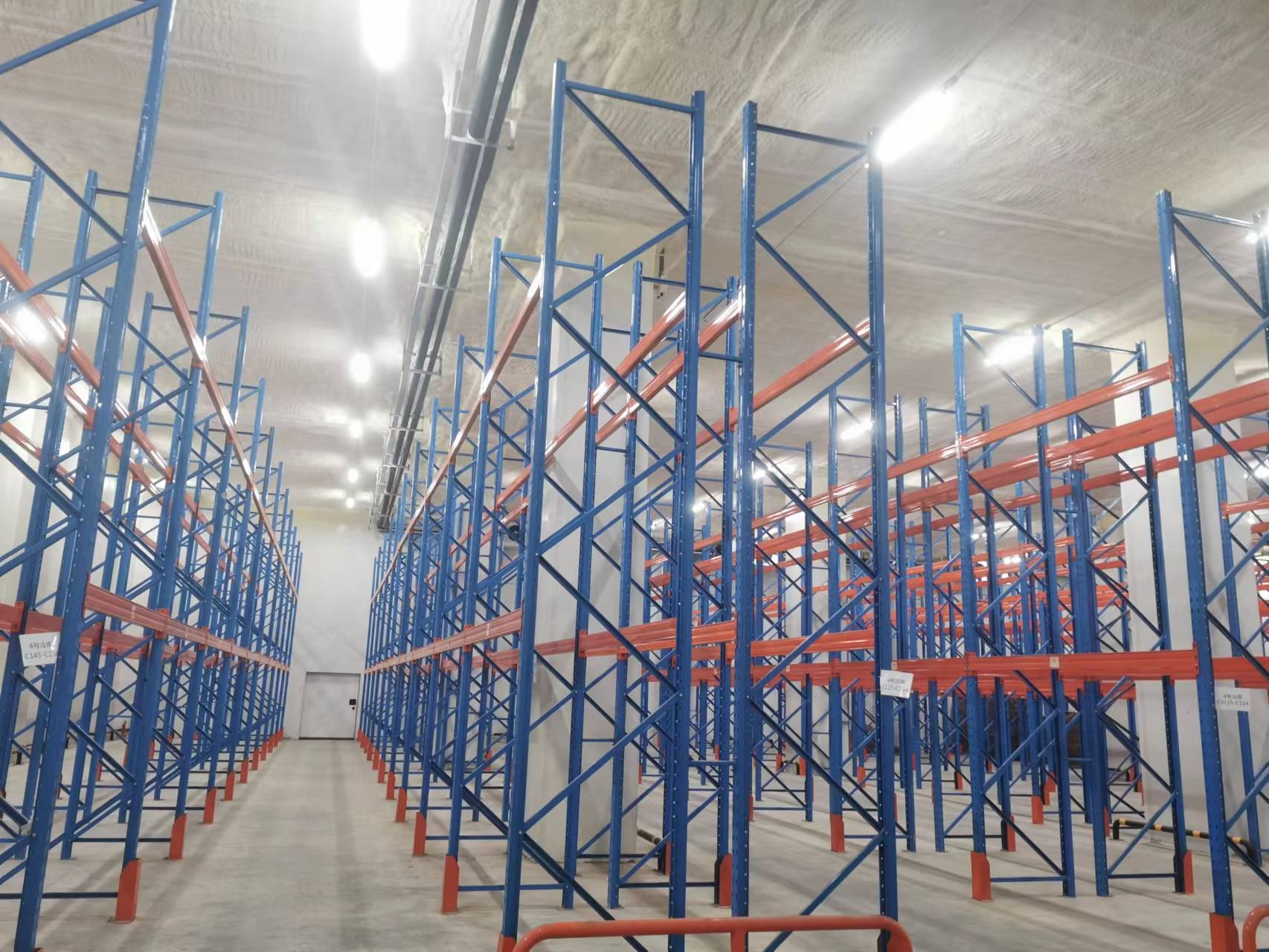
In the field of warehousing and logistics, cold storage facilities are crucial for storing and preserving frozen goods. Their planning and design directly impact the quality and safety of the goods. Among these, buffer rooms serve as a bridge between the cold storage facility and the external environment, performing multiple functions such as regulating temperature, isolating internal and external airflow, reducing energy consumption, and preventing thermal shock. What are the requirements and key elements for buffer rooms in cold storage planning and temperature control in warehousing and logistics?
Basic Functions and Importance of Buffer Rooms
Buffer rooms are located between the internal and external environments of cold storage facilities. Their primary function is to buffer temperature changes between the interior and exterior of the cold storage facility, maintaining stable temperature and humidity levels inside. During frequent cargo movements, buffer rooms effectively reduce the impact of external temperatures on the internal environment of the cold storage facility, ensuring goods remain in optimal storage conditions. Additionally, buffer rooms also serve to isolate airflow between the interior and exterior, reduce energy consumption, and protect cold storage doors from temperature differences, making them an indispensable part of cold storage design.

Design Requirements for Buffer Rooms
1. Size Design: The area of the buffer room should be determined based on the size of the cold storage facility, its intended use, and changes in external environmental conditions. Generally, the larger the cold storage facility, the larger the required buffer room area. Additionally, the size of the buffer room should consider factors such as the quantity and frequency of goods being moved in and out, as well as the specifications of handling equipment, to ensure sufficient space for pre-cooling or warming processes and prevent excessive loss of cold air within the facility.
2. Temperature Control: The temperature setting of the buffer room should be between the indoor and outdoor environments and able to quickly return to the set value to minimise the impact on the indoor temperature. The temperature control system should have high precision and stability, capable of real-time monitoring and adjusting the temperature within the buffer room to accommodate the storage requirements of different goods.
3. Airtight Design: The doors of the buffer room should have good sealing performance to prevent direct convection of hot and cold air. The use of double-layer insulated doors, airtight strips, and other materials and technologies can significantly reduce energy consumption and improve the overall operational efficiency of the cold storage facility.
4. Lighting and Ventilation Facilities: The buffer room should be equipped with appropriate lighting equipment and have ventilation openings arranged in a reasonable layout to ensure a safe and comfortable working environment for operators. Additionally, ventilation facilities promote air exchange between the interior and exterior of the warehouse, maintaining a slight positive pressure inside the buffer room to prevent external contaminants from entering.
5. Material Selection: The construction materials for the buffer room should be selected for their low thermal conductivity, low-temperature resistance, and corrosion resistance to ensure structural stability and extend service life. Furthermore, the materials should possess excellent thermal insulation properties to minimise the impact of external temperatures on the internal environment of the cold storage facility.
Buffer Room Equipment Configuration and Intelligent Management
1. Temperature and Humidity Control Equipment: To better control the temperature and humidity inside the buffer room, appropriate temperature and humidity control equipment should be installed, such as temperature sensors, humidity detectors, and automatic control systems. These devices can monitor environmental parameters in real-time and automatically adjust them based on set values to ensure goods are stored in optimal conditions.
2. Safety Equipment: The buffer room should be equipped with safety equipment such as fire alarm systems, lighting systems, and smoke exhaust systems to ensure the safety of personnel and goods. These systems can promptly issue alarms in emergencies and take effective measures to reduce the likelihood and severity of accidents.
3. Intelligent Management System: The introduction of intelligent management systems, such as IoT technology and big data analysis, enables remote monitoring and intelligent regulation of environmental parameters within the buffer room. By collecting and analysing data, the system can predict and optimise the operational environment of the buffer room, thereby improving management efficiency and preservation effectiveness.
In the planning of cold storage facilities for warehousing and logistics, the design requirements for temperature-controlled buffer rooms encompass multiple aspects, including dimensional design, temperature control, airtightness design, lighting and ventilation facilities, and material selection. By reasonably configuring equipment and introducing intelligent management systems, operational efficiency can be significantly improved, energy consumption reduced, and the quality and safety of goods ensured. In the future, with the continuous development of IoT and big data technologies, the design of temperature-controlled buffer rooms in warehouse logistics cold storage facilities will become more intelligent and efficient, providing strong support for the development of the cold chain logistics industry.
If you have any requirements for the construction of a cold storage facility for warehousing and logistics, please feel free to consult HAOCOOL for free cold storage design solutions and detailed quotations for cold storage engineering projects. We provide comprehensive solutions for cold storage engineering design, procurement, installation, and after-sales service, offering cold storage construction services to large-scale food, pharmaceutical, cold chain logistics, and chemical companies.
Contact: Haocool
Tel: +86 18918087579
Phone: +86 18918087579
E-mail: marina@haocool.com
Add: Building 5, No.499 Minqiang Road, Xinqiao Town, Songjiang District, Shanghai, China